Commentary: Making sense of the 2024 elections as a 21st-century paradigm shift
Published in Political News
Where do we go in the aftermath of our recent elections? As MAGA forces mobilize to swiftly implement Donald Trump’s agenda, the Democrats are counseled to look in the mirror to understand how they ceded the working class to Trump’s now bigger-tent Republican Party.
The thing is, one cannot truly comprehend today’s new political landscape without historical context, since the forces that are fighting for prominence today have a rich history. Specifically, the very philosophies underlying our bitter polarization are in fact derivative of the first American schism in the last quarter of the 18th century. Further, these same viewpoints have been omnipresent in much of history, even as they mutated considerably across this 250-year period.
For most of the 20th century, the dominant axis motivating partisan divisions is usually referred to as the “left-right” continuum, in which the central determinants pertain to the degree of prescribed government intervention in the political economy. Movements toward the right are associated with a belief in laissez-faire capitalism as the true driver of prosperity in an economy, and are extremely circumspect of government interventions.
On the left side of the continuum, two main philosophies have driven the call for a more active central government. On one hand, economists counsel that the government must assume an active role to address the inevitable market failures (providing public goods, addressing externalities and limiting monopolistic power). The other philosophy underpinning the movements on the left relate to redistributive efforts, such as the creation of a safety net for those whom capitalism leaves behind.
Regrettably, this entire framework is no longer so helpful in understanding where we are today. The paradigm has shifted. The left-right continuum is still relevant, but it has been eclipsed by a new ideological clash driven not primarily by economic philosophy, but instead by core questions regarding where the authority to govern lies in the first place. So much has been written recently about the reciprocal disdain between the elite establishment — those responsible for the governing policies for the last half-century — and populist forces representing tens of millions of working class Americans who have been irreparably hurt by these same policies. In the MAGA era, the pent-up working class rage towards the elites that has accumulated erupted in a reckoning by “throwing the bastards out,” and in hopes of dismantling the elite set of institutions that have been built over decades.
While understanding the dynamics behind yesterday’s left-right continuum required a solid grounding in political economics, to comprehend the current elite-populist divide we need to understand our history. Interestingly, the origin of this latter divide goes back much further before the modern economy, to our founding era, when two very distinctive and conflicting visions of the new nation vied for prominence.
In my book “American Schism, I provide a retracing of today’s divisions back to these roots. Moreover, I illustrate how this elite-populist tension regarding the authority to govern has continually lurked under the surface during our most difficult periods. Furthermore, I posit that at times during certain eras we developed a “magic formula” to best navigate these challenging periods that resulted in better outcomes.
In the original schism, the two distinctive visions proposed conflicting governing structures for the young republic. On one hand, founders like John Adams and Alexander Hamilton believed that designing the mechanisms of governance was an enormously complicated task that required the dutiful dedication of the best and the brightest.
At the time, this model was referred to as an “aristocratic republic” and its proponents eschewed democracy fearing the tyranny of the mob. In the other camp were Thomas Jefferson, Benjamin Franklin and Thomas Paine, who believed that the only sustainable form of republic was a representative democracy in which the people selected delegates to advocate for their interests. This later model favored decentralized governance where decisions were closer to the dispersed communities versus centralized loci of power.
The fight between these two factions became quite bitter and drove the formation of the first political parties in our country, Hamilton’s Federalists, and Jeffersonian Democratic-Republicans. Had it not been for the incredible skill and foresight of James Madison, who bridged the two groups, we might never have succeeded in drafting and ratifying our beloved U.S. Constitution.
Much of American history has been a pendulum-like swing between these two poles: After 30 years of Federalist dominance, the Jacksonian movement ushered in a new era of populism. Later, as the country industrialized in post-Civil War America, the elites in the Northeast — railroads, oil, banking — were confronted by the populist forces of the Farmers’ Alliance, a bottom-up populist movement to educate and empower independent farmers in the South and West.
Despite limited success, the tremendous wealth created in the nation pushed the pendulum towards the elites by the turn-of-the-century Gilded Age, and populists’ demands were not addressed until the progressive era of the 1920s. Later in the 20th century, we witnessed big pendulum swings: After the cohesive post-World War II era led to a huge expansion of the middle class, a long span of elite dominance emerged at the end of the century. And today, formidable populist forces look to dismantle much of the elite infrastructure recently built since the middle of the 20th century.
Therefore, if we are going to make sense of this year’s election cycle, we need to look into a rear view mirror and see the complexity of the elite-populist schism in its rich context. As Jefferson and Adams corresponded in their later years before they died (on the same day), they seemed to reconcile that both the elite and populist models had elements to contribute in rendering our republic exceptional.
In the book, I illustrate how at times in our history, we deployed a “magic formula” for balancing these two conflicting visions of our governing model. This raises a key set of questions: Over our history, what mechanisms did we use in this “secret sauce”? How exactly did these approaches allow us to achieve superior outcomes when compared to others? How did we successfully leverage elite expertise when required to solve complex problems, whilst also ensuring that egalitarian forces kept the elites in check?
Tragically, in today’s environment, this same analysis points to a grim reality — these tools have been abandoned and replaced futile polemics. Sure this new paradigm of counter-productive citizen engagement can be entertaining at times, and it certainly allows the media world a rich business model. But if we want to solve the very real problems we face (e.g. immigration, climate change, an education crisis), we might be better advised to examine some historical, more pragmatic approaches.
Indeed, history can act as a salve for our wounds if only we would apply it.
____
_____
©2024 The Fulcrum. Visit at thefulcrum.us. Distributed by Tribune Content Agency, LLC.












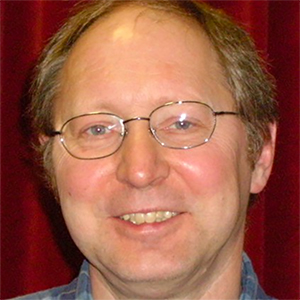


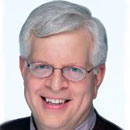

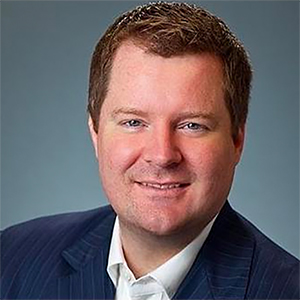
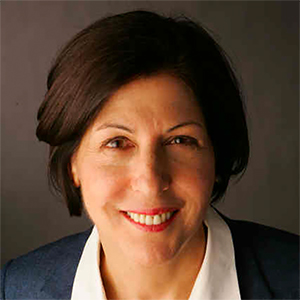





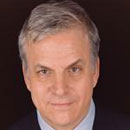























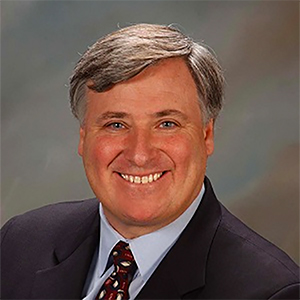

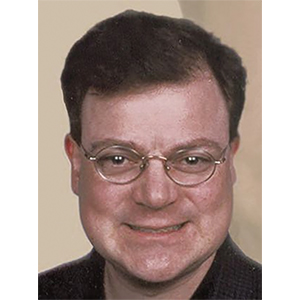


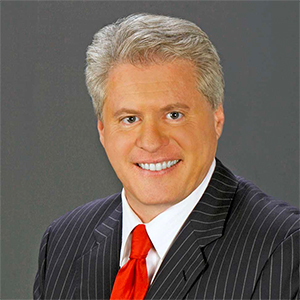



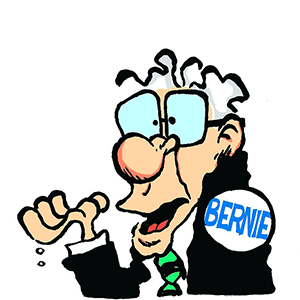


Comments